
NPS Photo The first condition that helped preserve fossils was a layer of saltwater at the bottom of the lake. The freshwater animals that lived in the lake couldn't survive in the saltwater. Dead animals would sink to the lake bottom and the saltwater kept scavengers away. Second, there was very little oxygen at the bottom of the lake which also kept scavengers away. Third, there was a microbial mat that grew on the lake bottom. The mat included cyanobacteria, a form of bacteria capable of photosynthesis. When dead animals drifted down onto the mat, it quickly grew over the animals to reach sunlight again. Doing so held the animals in place. This prevented them from breaking apart and floating as gases developed during decomposition. These three conditions preserved most fossils with bones in the same place as they were in life (articulated). Layers of the microbial mat and limestone created the fossil beds. When storms stirred the surface of the lake, a limestone sediment fell to the bottom of the lake. The microbial mat would grow through the sediment to reach the sun. Over the years, the weight of these layers flattened the animals. Water dissolved and carried away some material, leaving behind carbon. The brown color of the bones and scales is from the carbon. Because animals were so well preserved, we find many fossils in the rock layers. The majority of fossils collected from Fossil Lake are fishes. Other fossils include crocodilians, lizards, snakes, birds, bats, small horses, amphibians, and insects. We understand Fossil Lake so well because of the number and variety of fossils we find. Find out more information about the various fossil species and check out the fossil photo galleries below. Learn more about the geology. 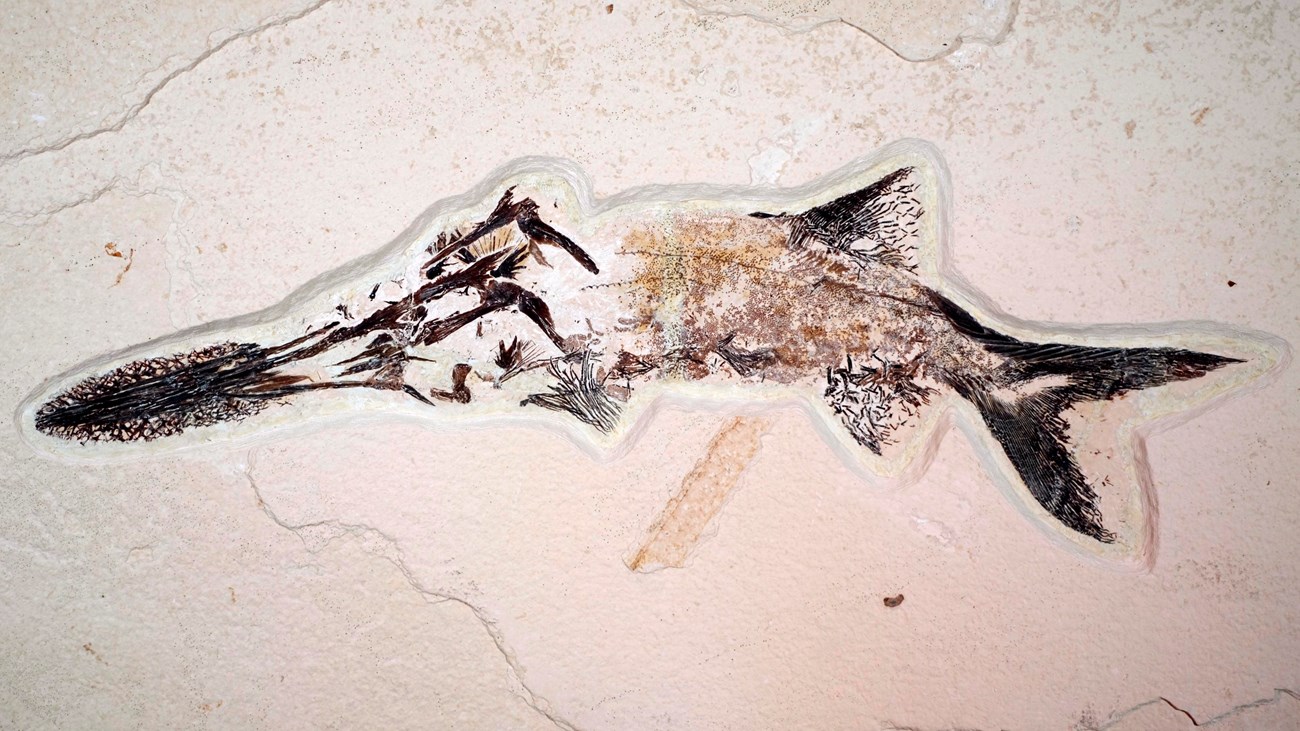
Fossil Fish Species
27 fish species have been identified from the Fossil Butte Member of the Green River Formation. 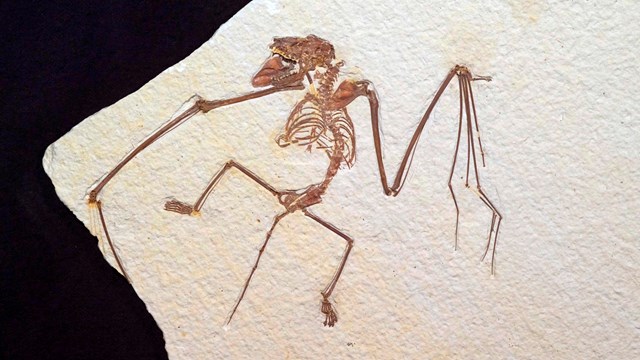
Fossil Mammal Species
10 mammal species have been identified from the Fossil Butte Member of the Green River Formation. 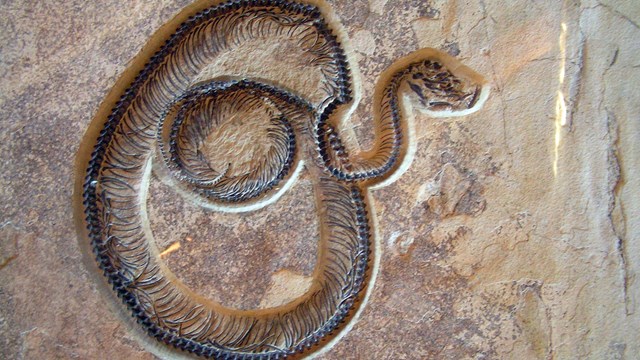
Fossil Reptile Species
The 15 species of reptiles identified from the Fossil Butte Member include turtles, lizards, and crocodilians. 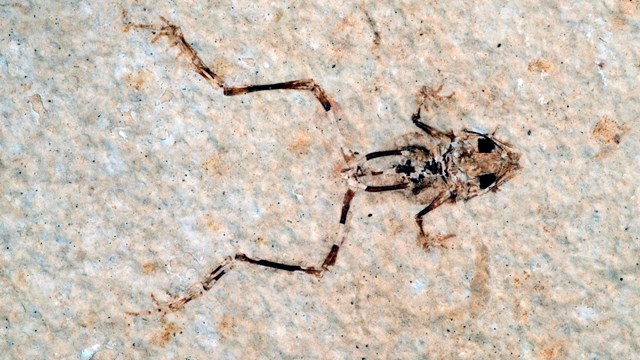
Fossil Amphibian Species
2 amphibian species have been identified from the Fossil Butte Member. 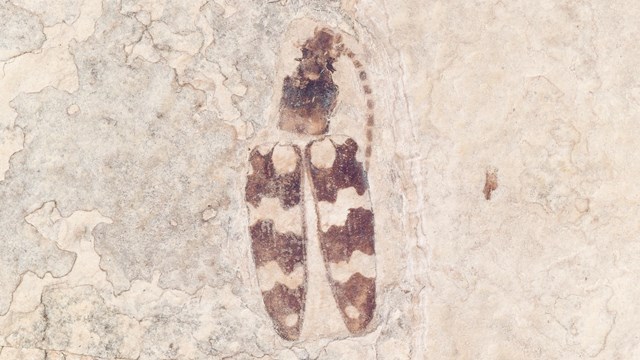
Fossil Arthropod Species
Several arthropod specimens have been identified from the Fossil Butte Member. 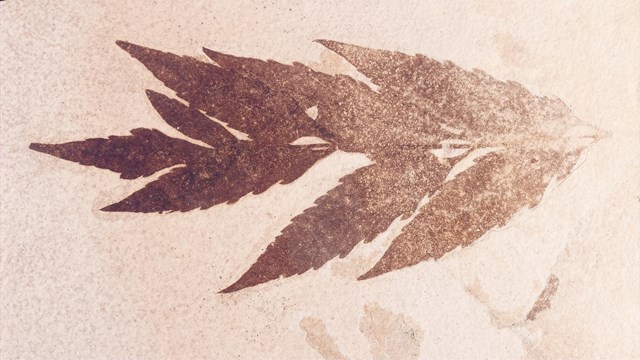
Fossil Plant Species
Over 400 plant specimens have been identified from the Fossil Butte Member. 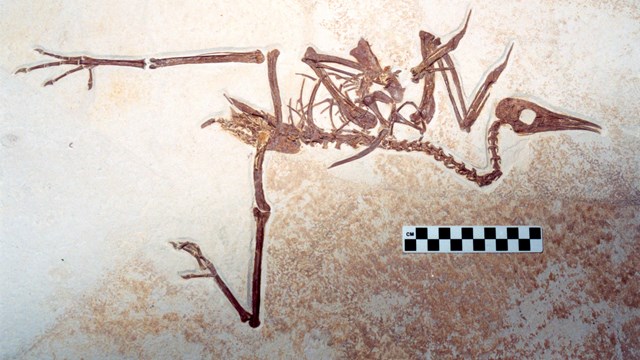
Fossil Bird Species
Over 30 species of birds have been identified from the Fossil Butte Member. 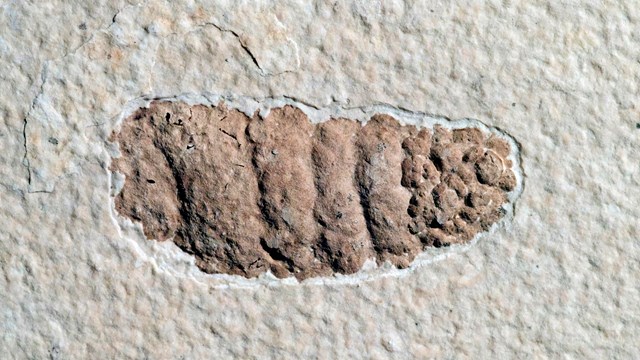
Coprolites
Coprolites, fossilized poops, come in a variety of shapes and sizes. Discover what we can learn from coprolites. If you want to view data from the fossils collected in the park's research quarry, visit our quarry data page. If you do not see recent data, check back as the page is updated periodically. |
Last updated: April 29, 2025
